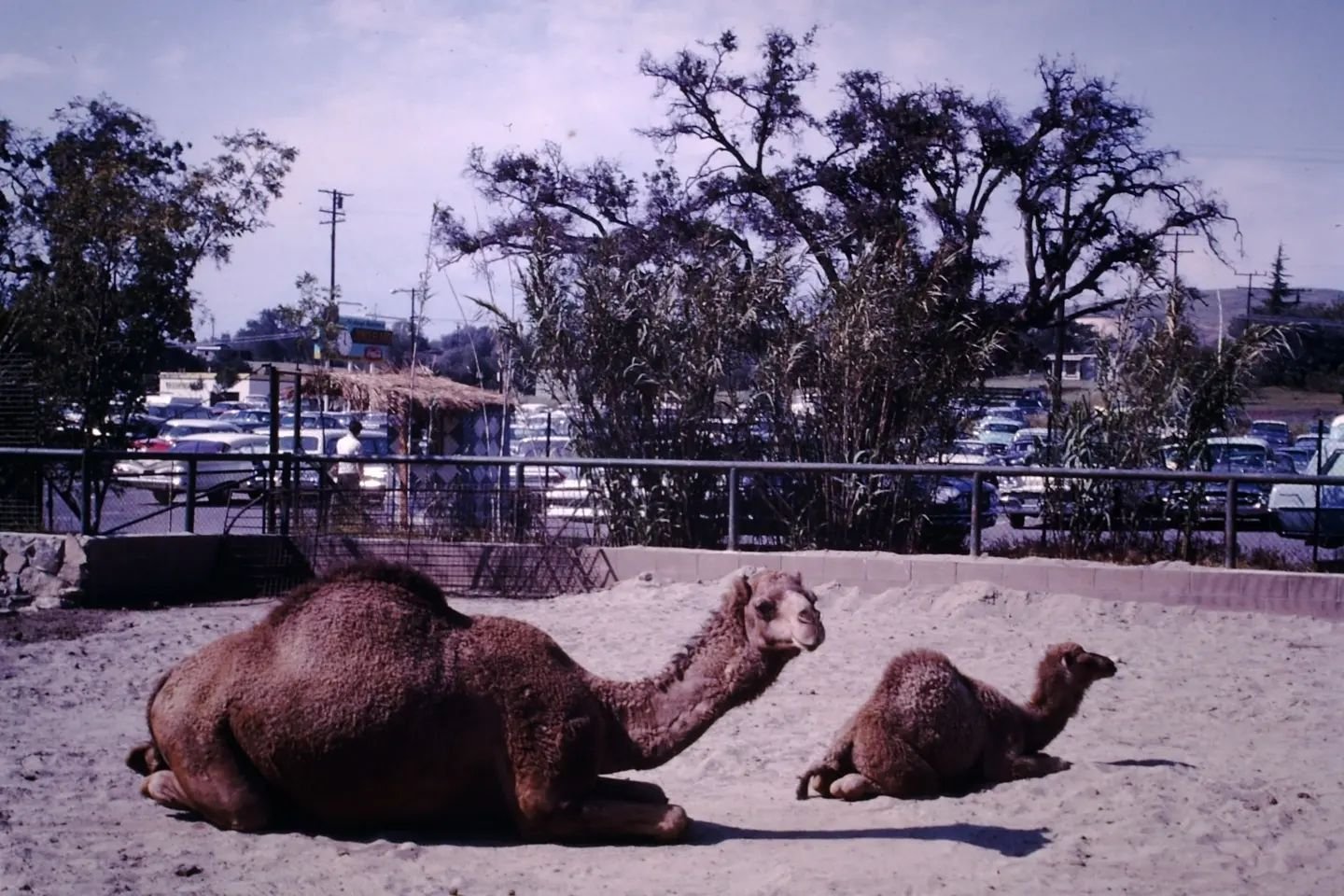Caspar Borchard and Family Have a Permanent Presence in the Conejo Valley
/Caspar Borchard was born in 1842 in Werxhausen, Germany. He sailed to the U.S. with his uncle Christian Borchard in 1867. He liked it so much here that he went back to Germany to get funds (Bitcoin wasn't around back then apparently) to buy land. While back in Germany, he married Theresa Diedrich, who died 3 years later. Within a year he married Theresa Maring. They came back to the U.S. and he bought 205 acres in what is now El Rio (Oxnard).
In 1882, Caspar bought 3,285 acres in the Conejo Valley after his brother Johannes bought 4,000 acres. Theresa Maring died in 1898 at age 49. Their youngest daughter (8 total kids) was also named Theresa. Caspar retired in 1918 and died in 1930. leaving a large family and a permanent presence in the Conejo Valley (Borchard Road, Borchard Park and Community Center). Theresa Drive parallels Borchard from Wendy to Sequoia Middle School in Newbury Park.
This is an undated photo from Thousand Oaks Library archives. Pictured: Back row: Caspar, Rosa, Mary, and Leo. Middle row: Frank, Theresa Maring, holding Charles, Caspar holding Theresa, Antone.


























